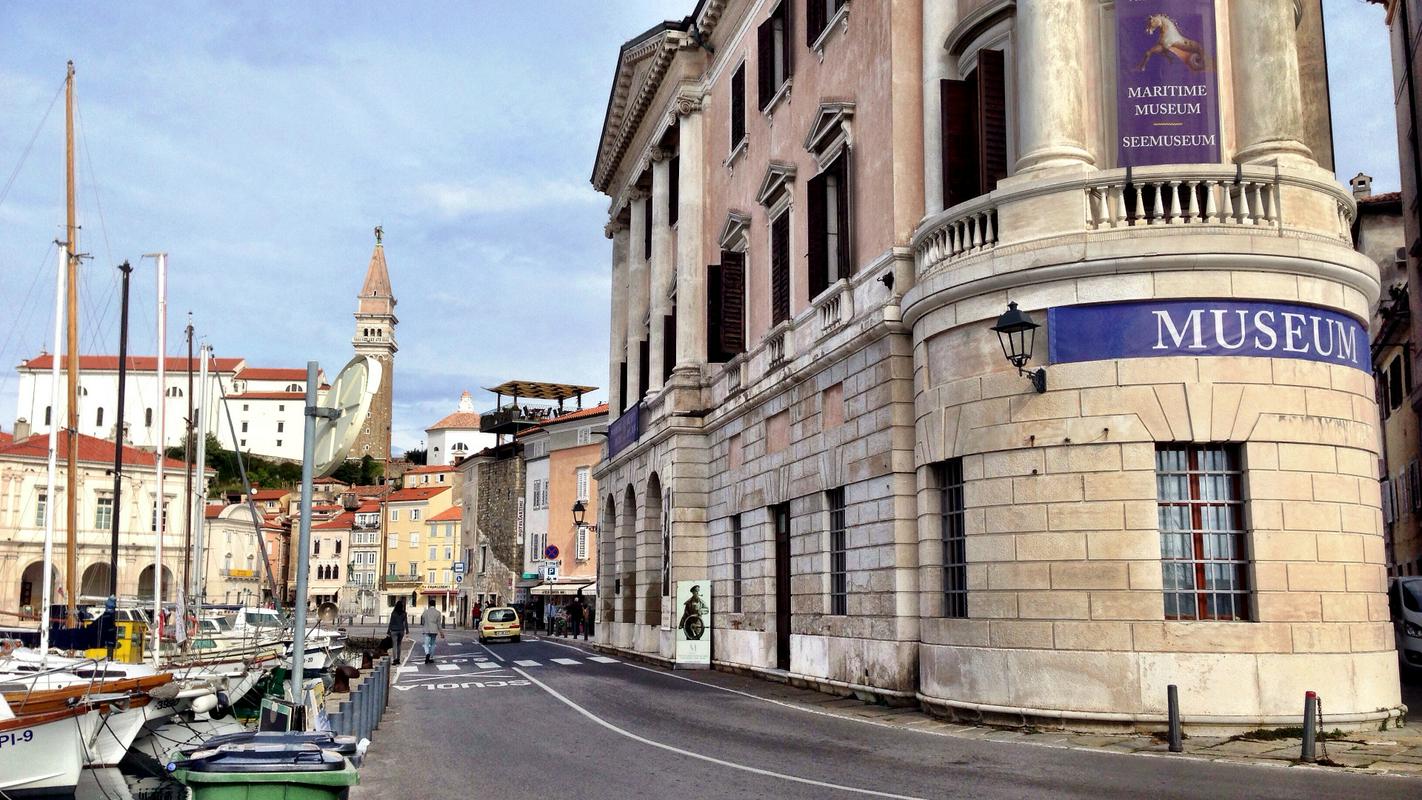
The codex, which dates back to the 16th century, consists of two bound manuscripts -- De Summa Totius Orbis and Portolano -- and a series of map pates. Some of the maps take a broad view; they depict the solar system – still with the Earth as its undisputed center – and what was then the known world. Others focus on Europe and depict the continent from Great Britain to the Istrian peninsula, where the Slovenian coast is situated.
The maps are intricately drawn and in line with the latest cartographic trends of the time. Because of deterioration of the paper, much of the text from the codex has been lost, but the maps have remained surprisingly well-preserved and provide exceptional insight into 16-century cartography. In fact, the codex is sometimes referred to as the first modern atlas.
The codex is the work of a remarkable man who lived not far from Piran. Born in Venice, Pierto Coppo traveled widely across the Mediterranean and even spent several years on the island of Crete. He eventually moved to what is now the Slovenian coast and established himself as one of Europe’s foremost cartographers. He was also a notary and took part in Izola’s political life. As a mapmaker, He produced exceptionally accurate maps of the Istrian peninsula – the first ever attempted --, but also turned his sights to more distant lands; his map of the world ranks among the best cartographic works of its era. Many of his maps have been lost, but thanks to the Piran Codex, much of his best work can still be seen in its full-color splendor.
Because of the quality that characterizes Coppo’s woodcuts, the codex is one of the most important documents in Slovenia – and a reminder of the enduring cosmopolitan spirit of Slovenia’s coastal towns.

































































